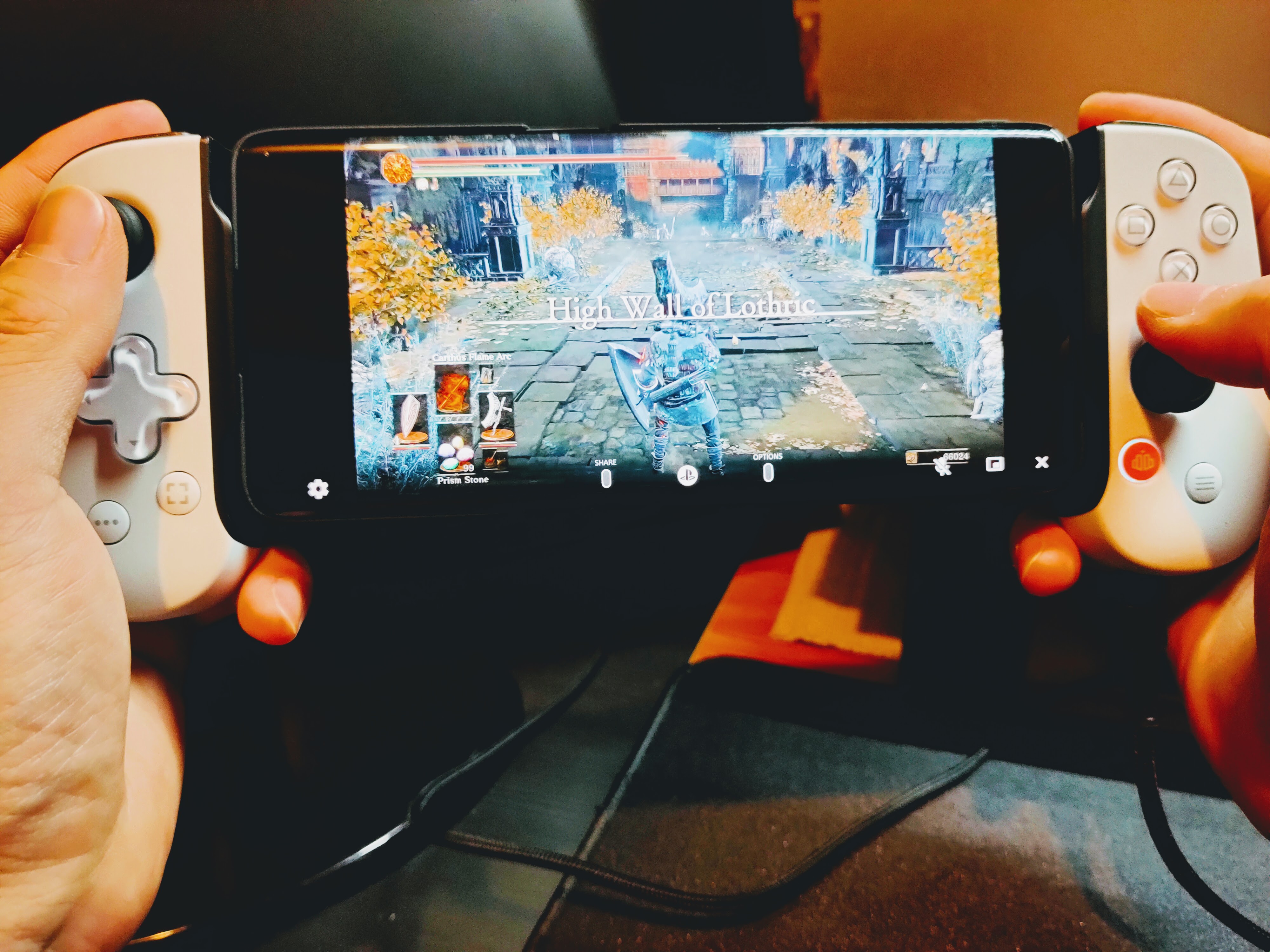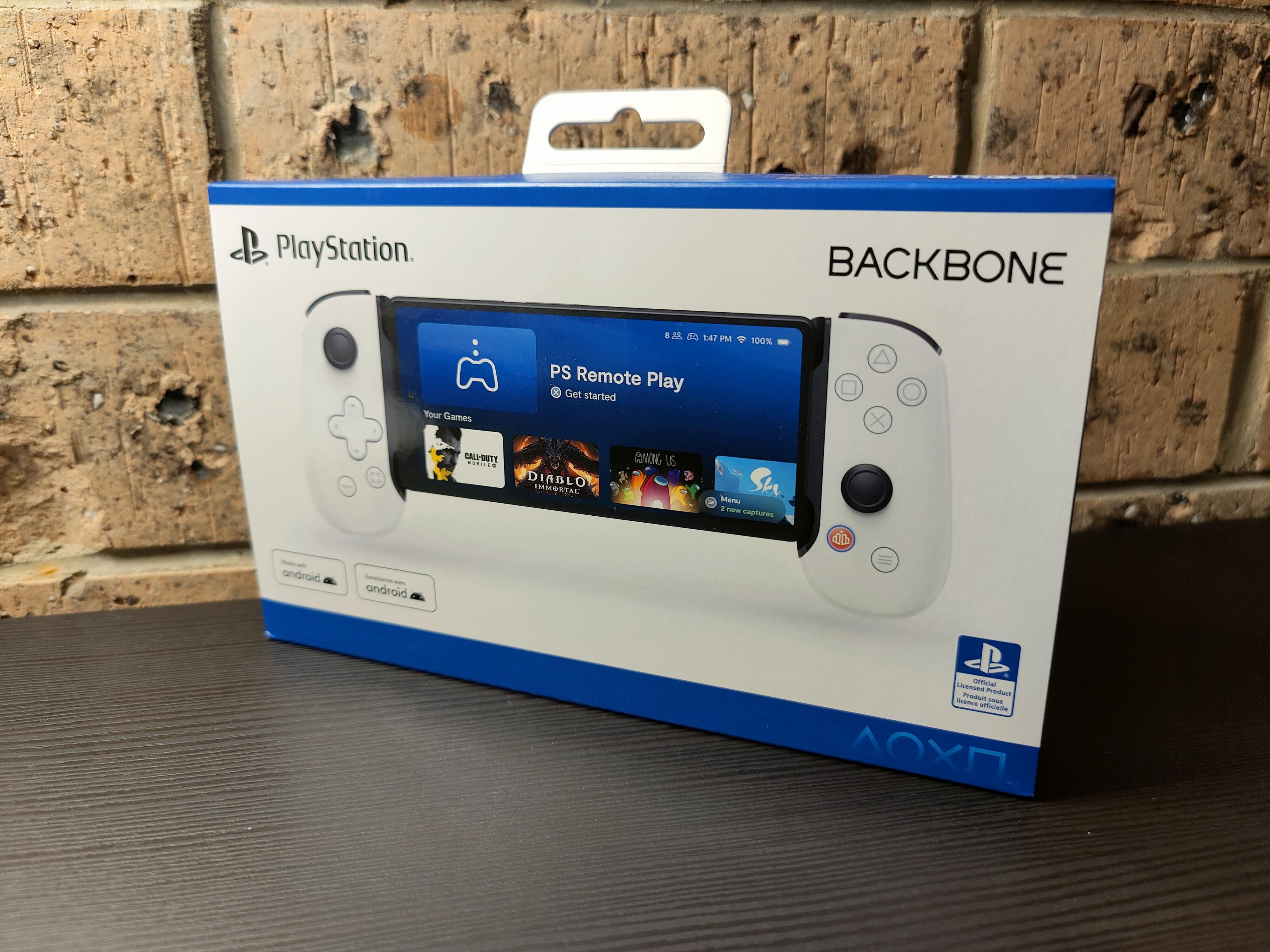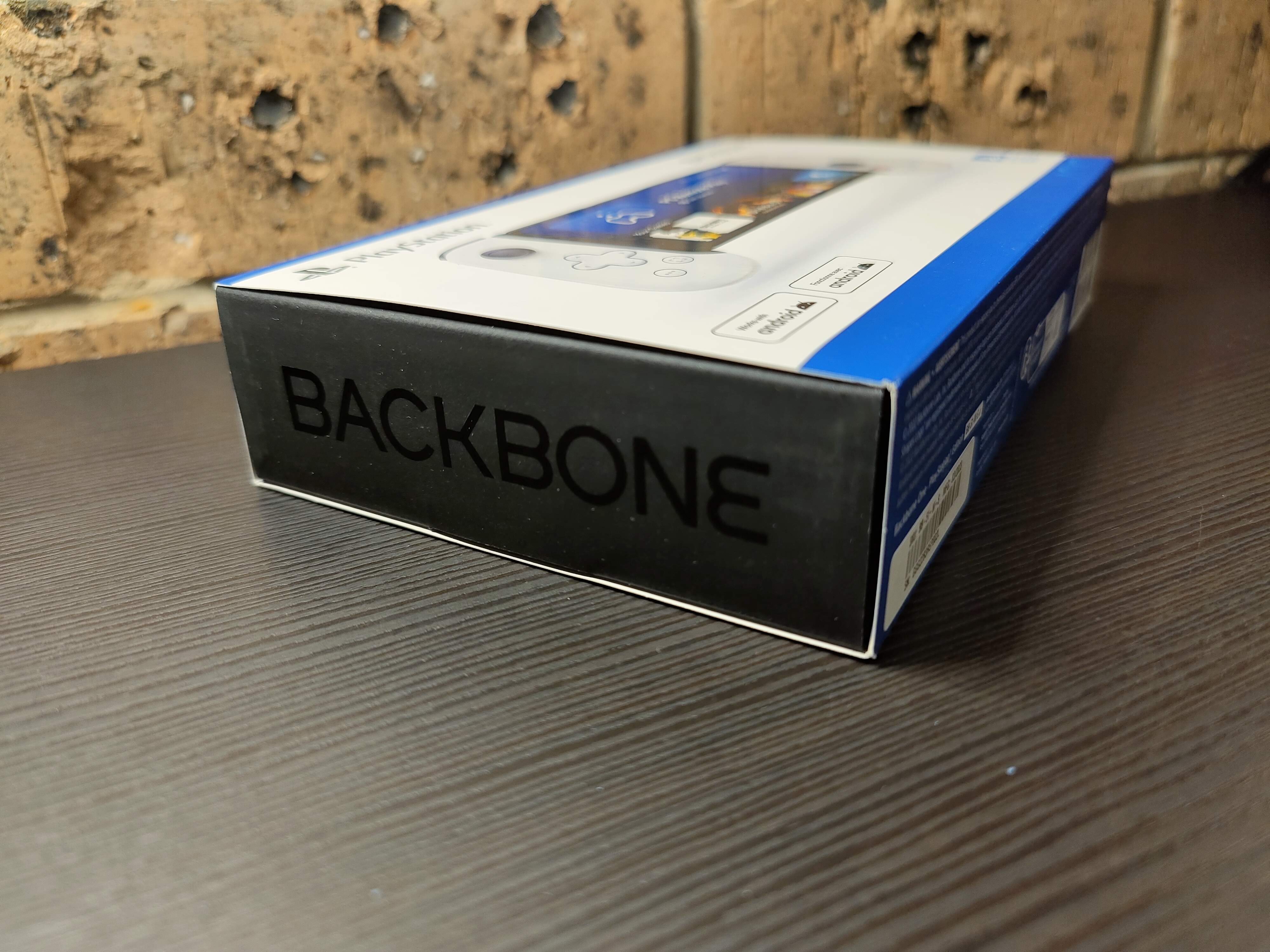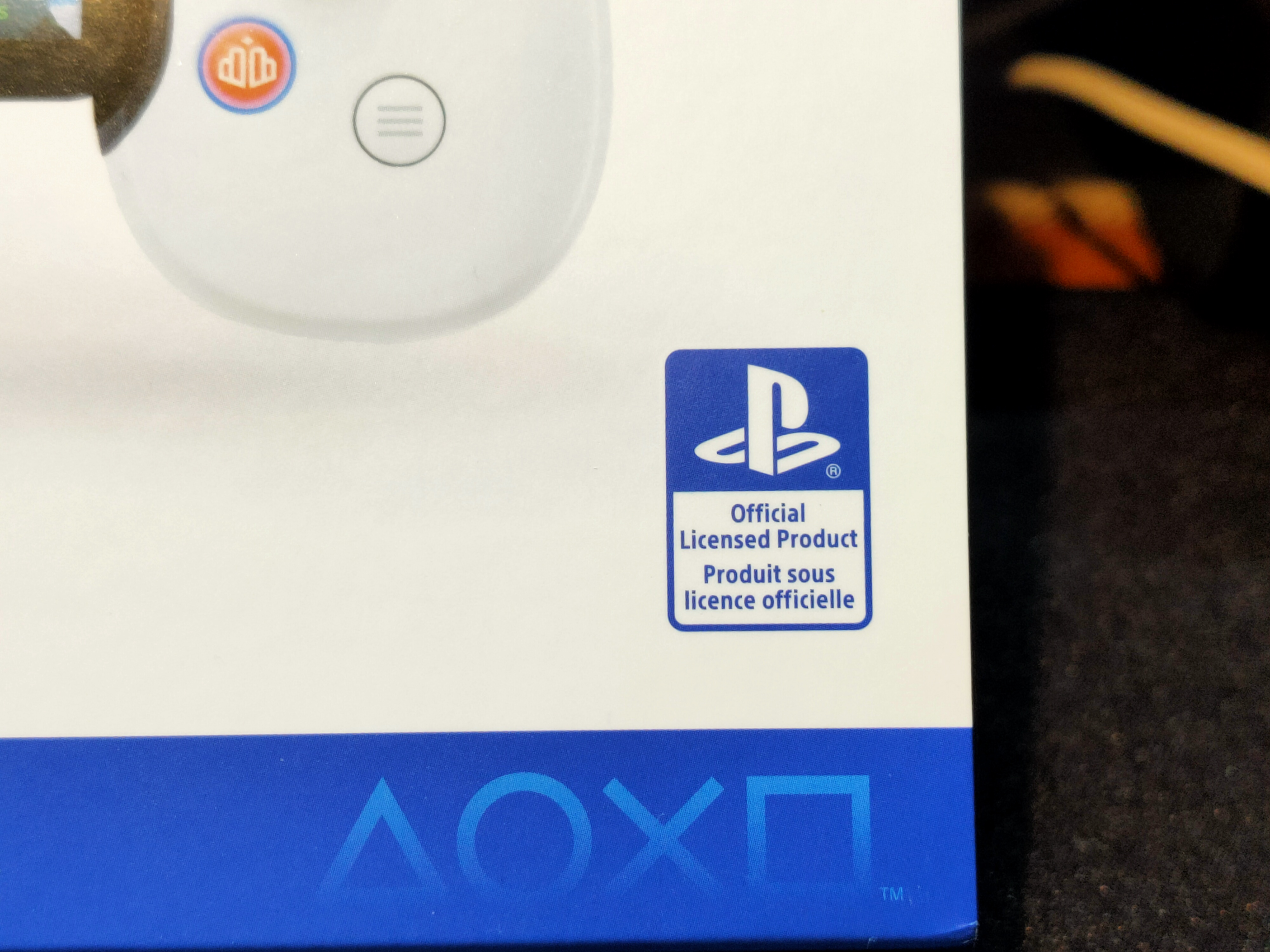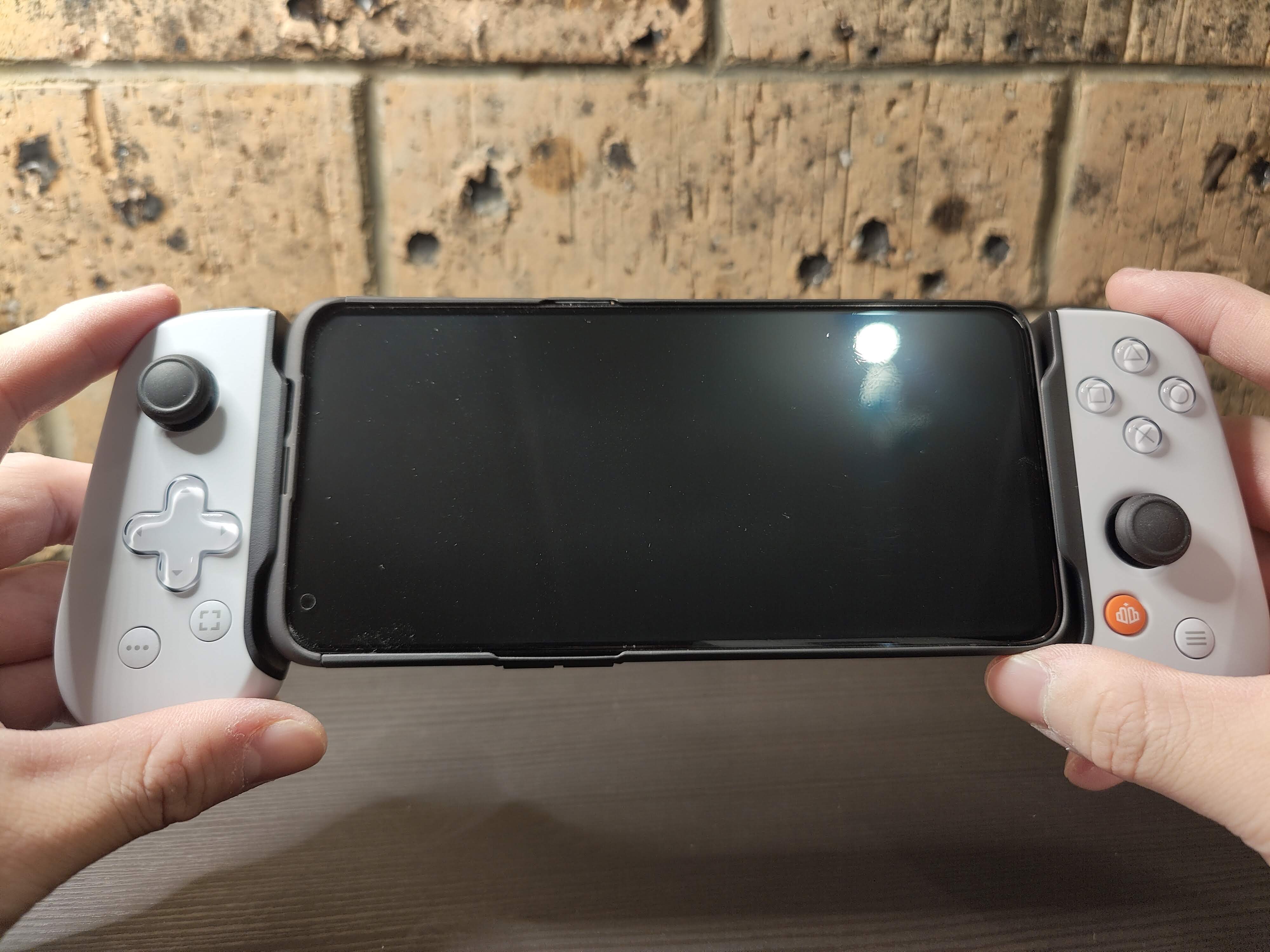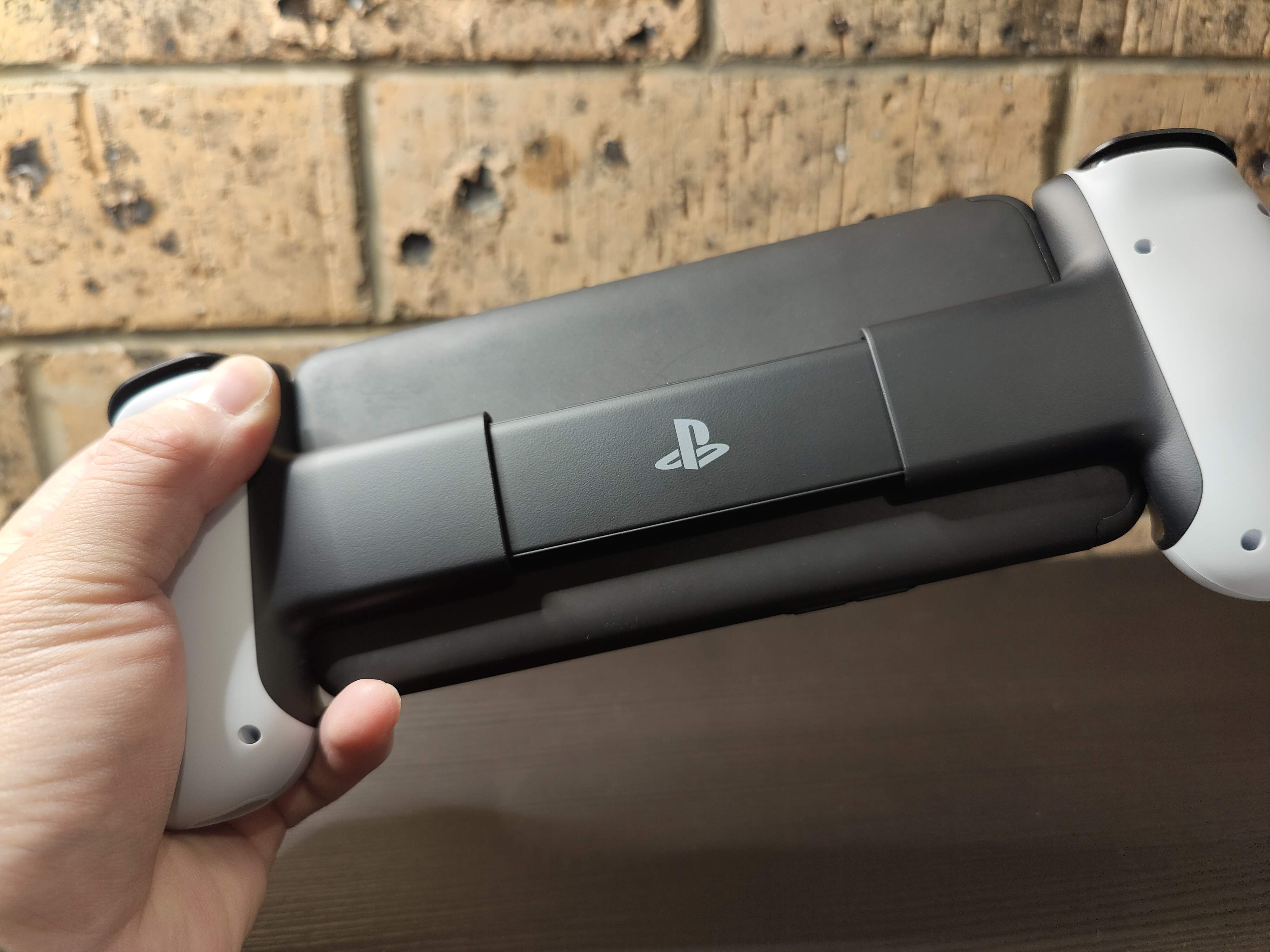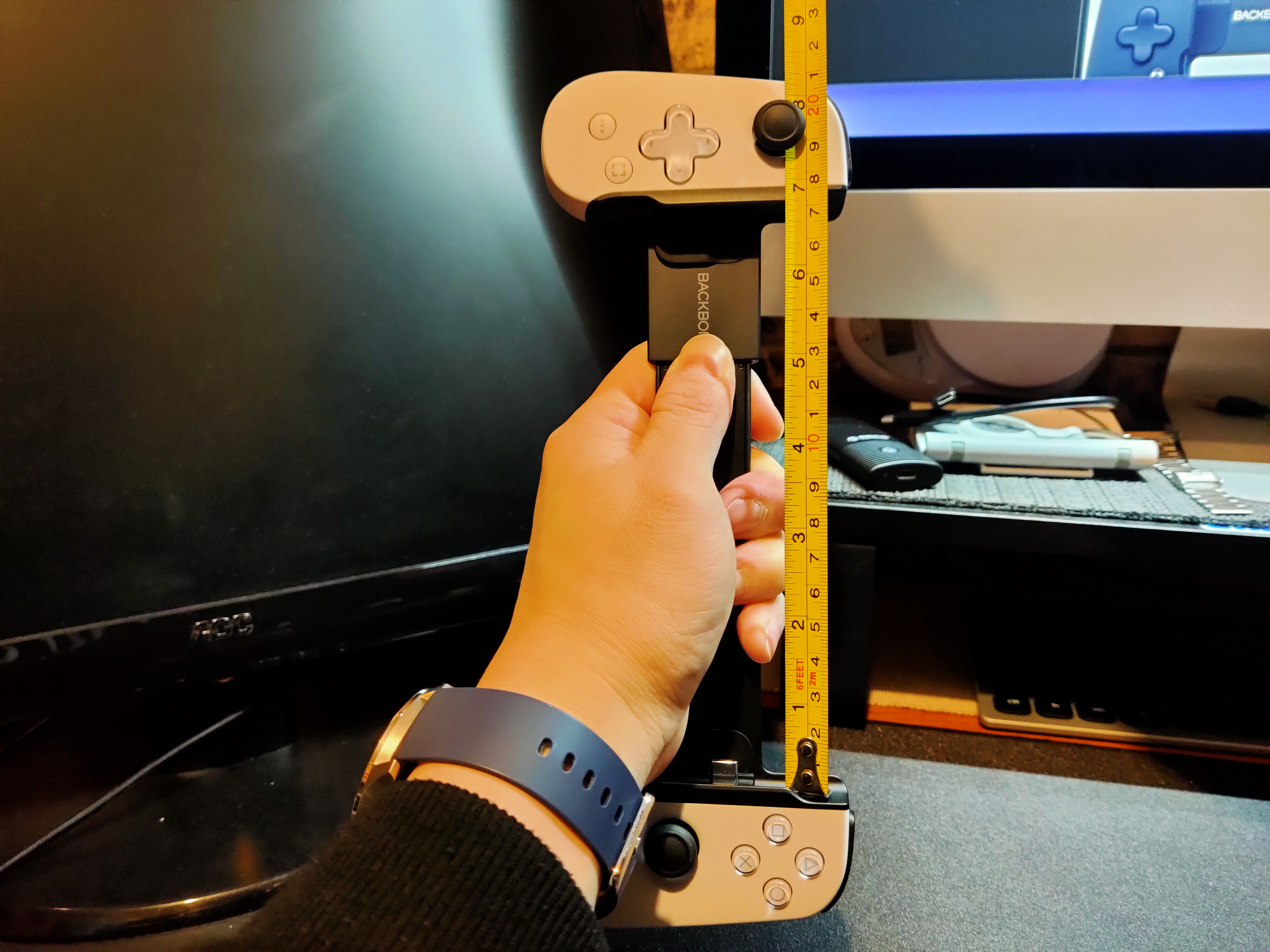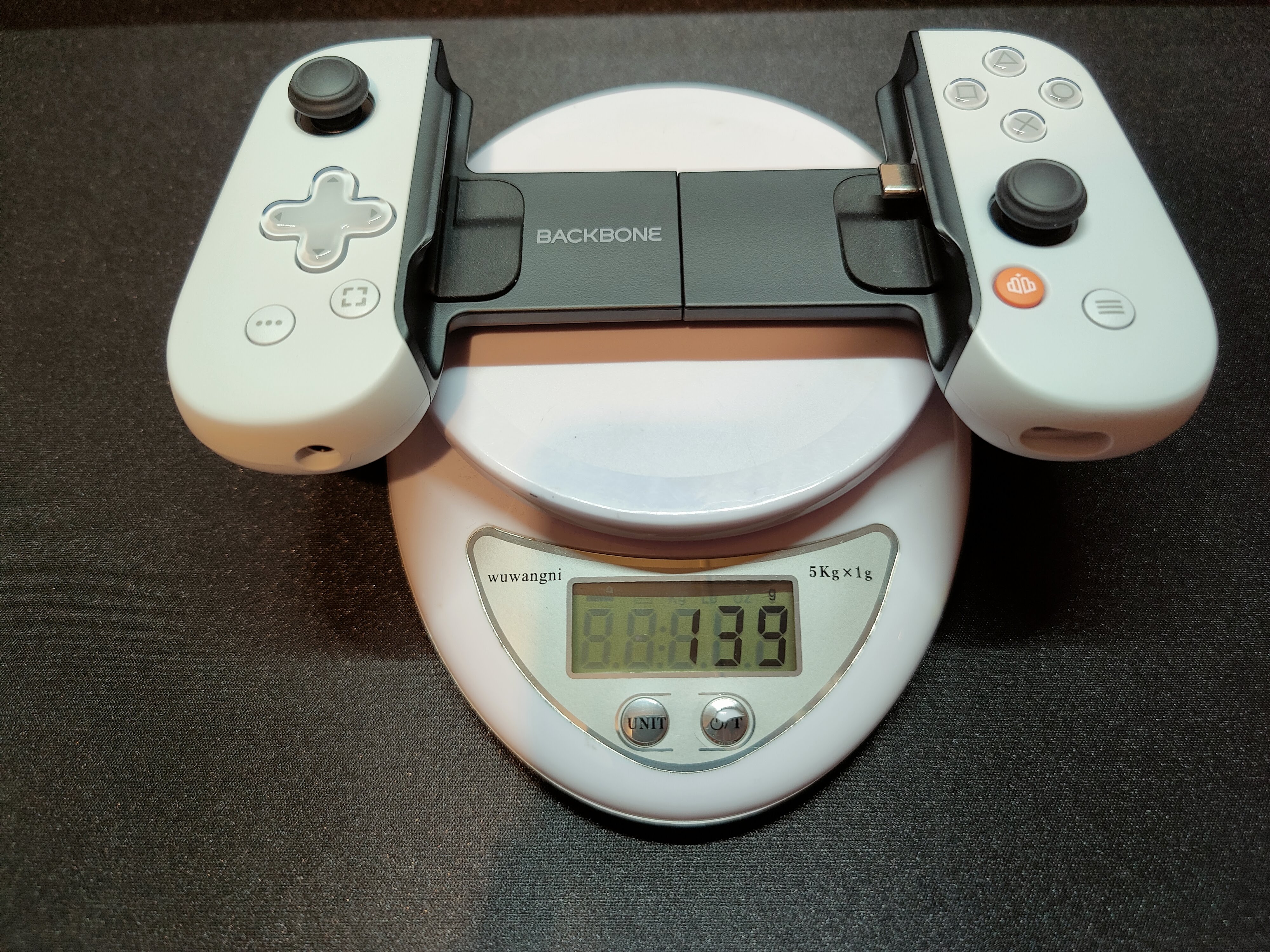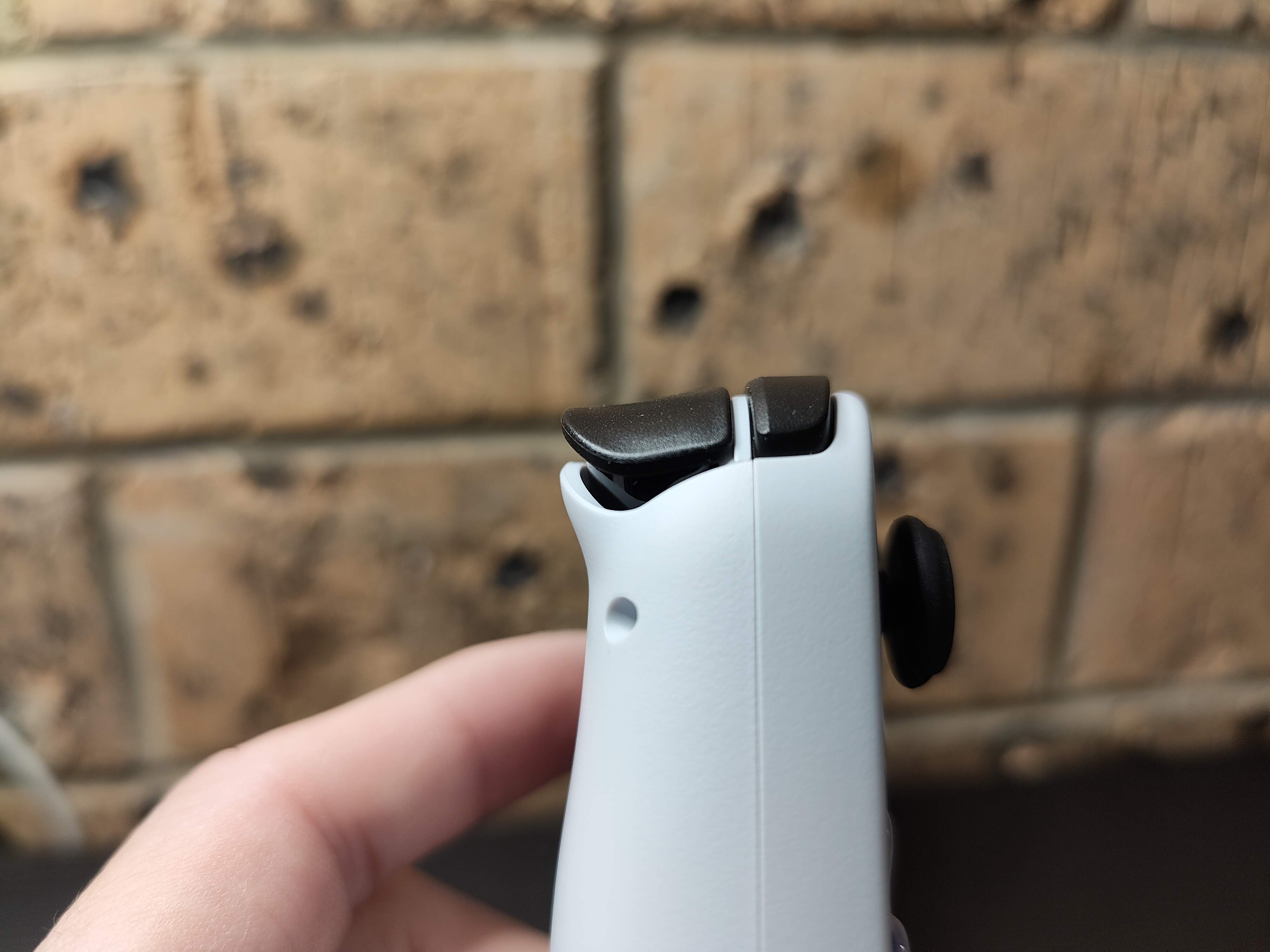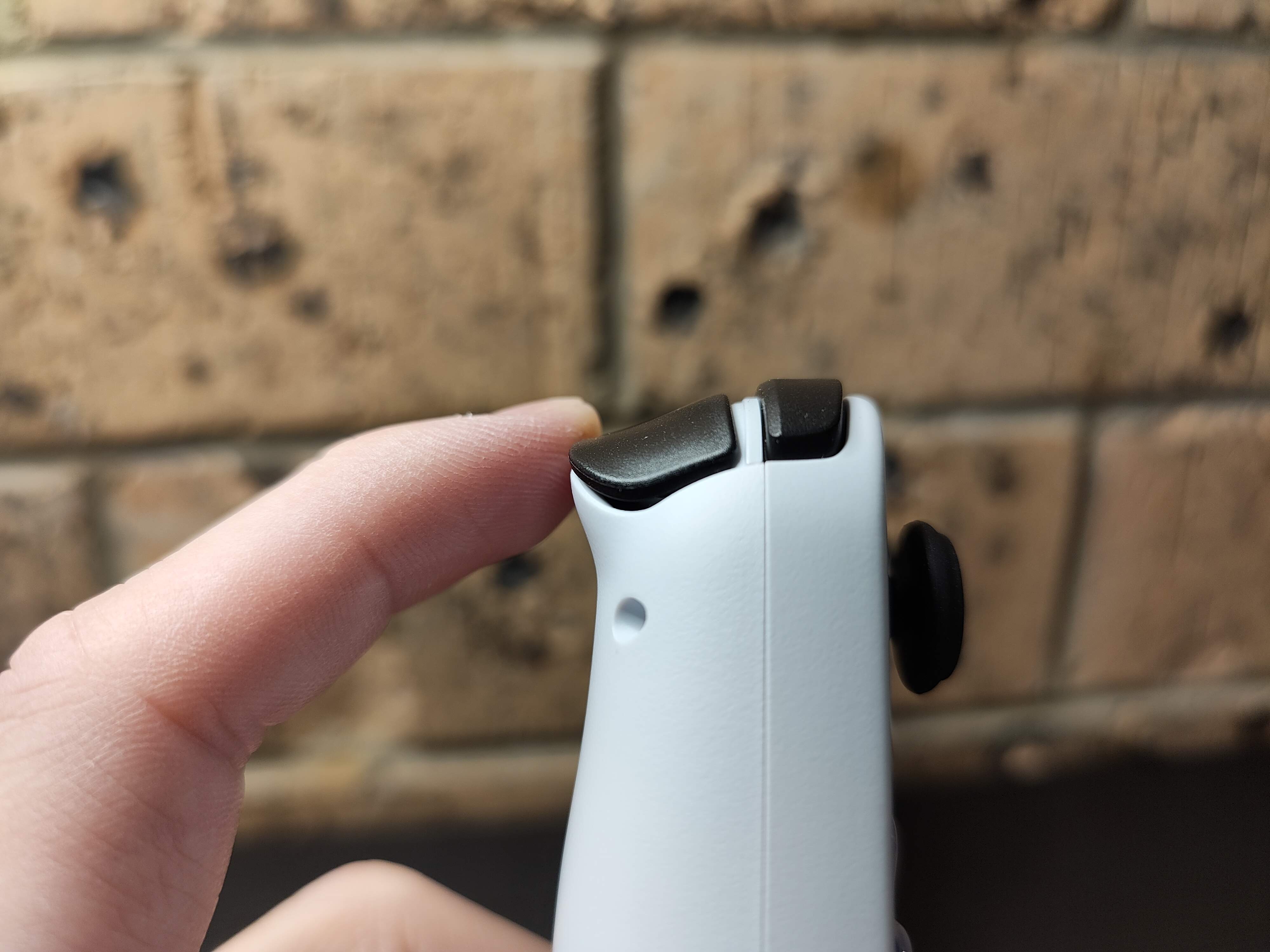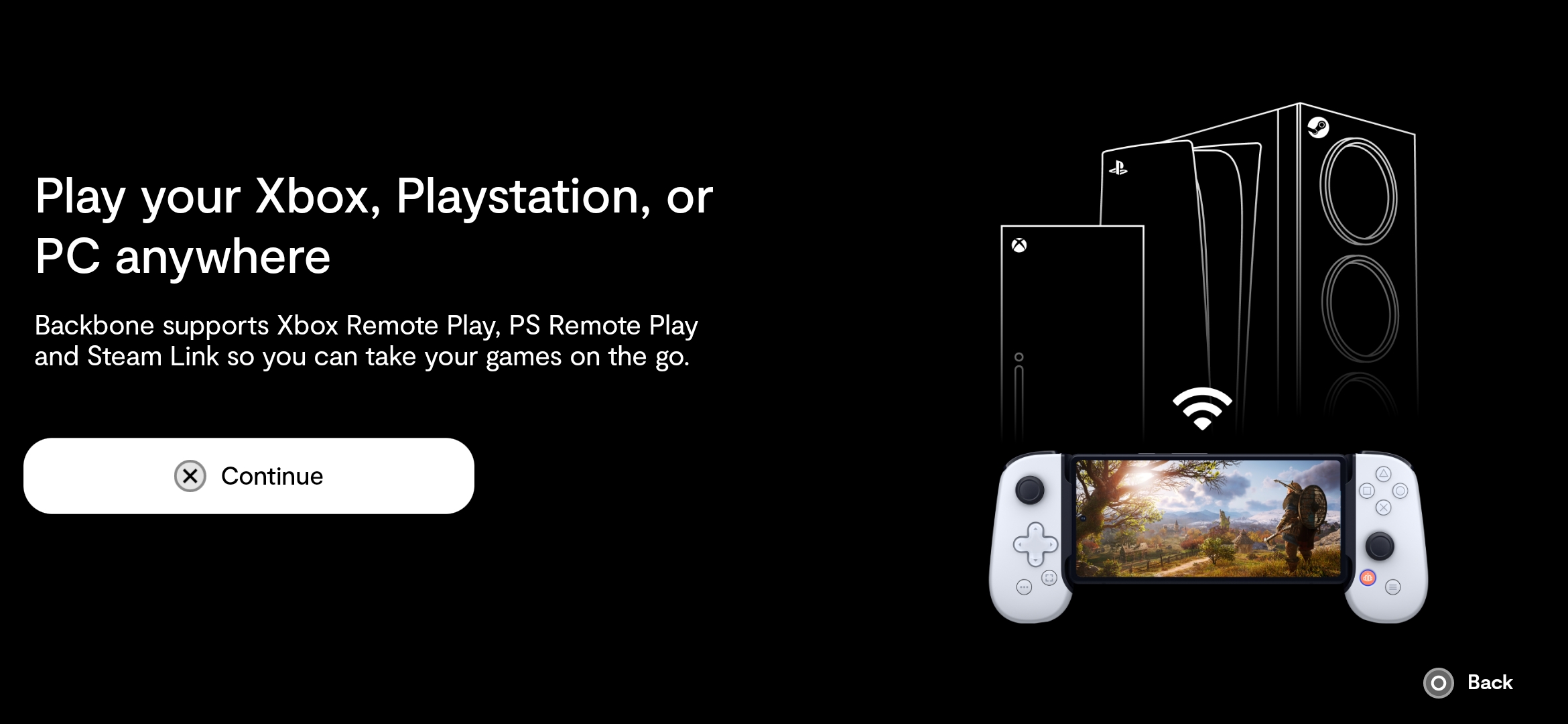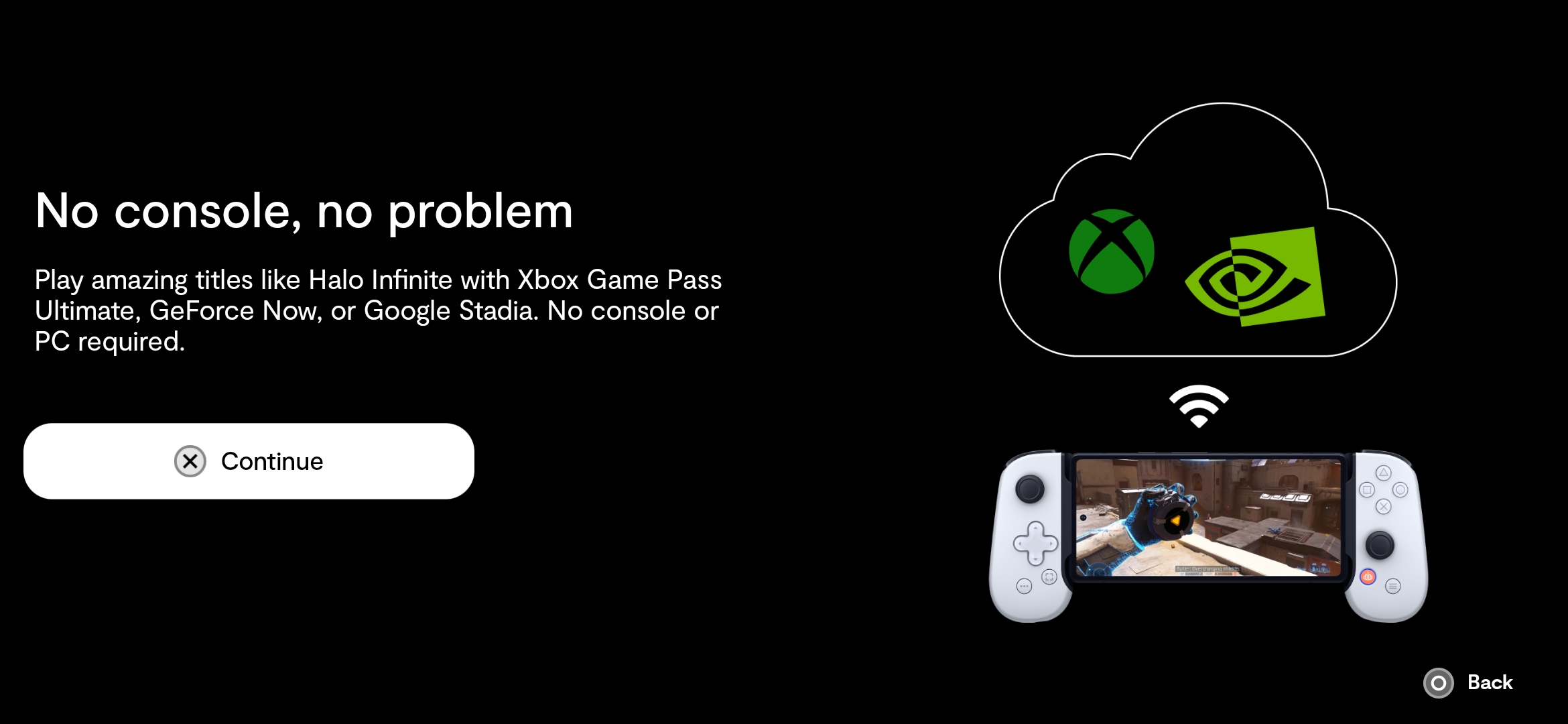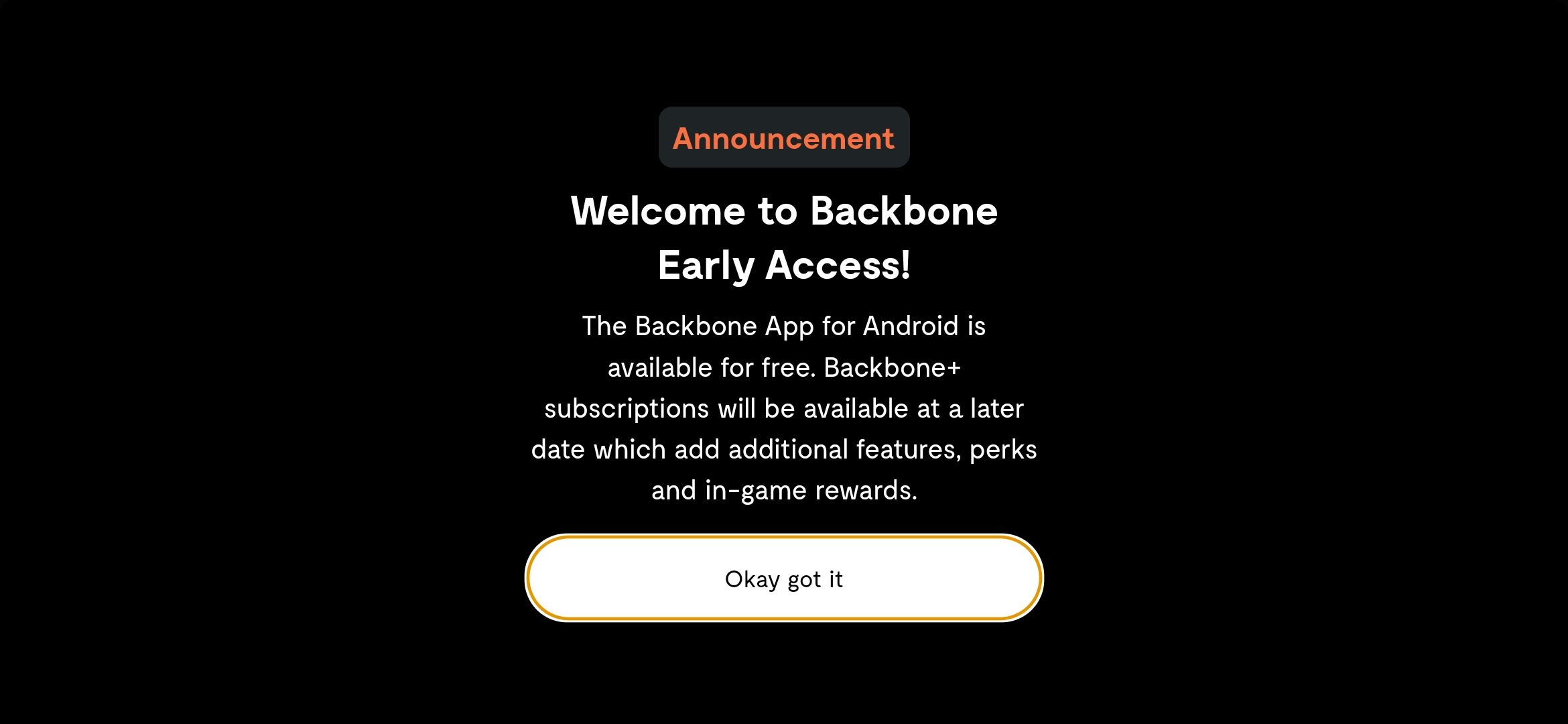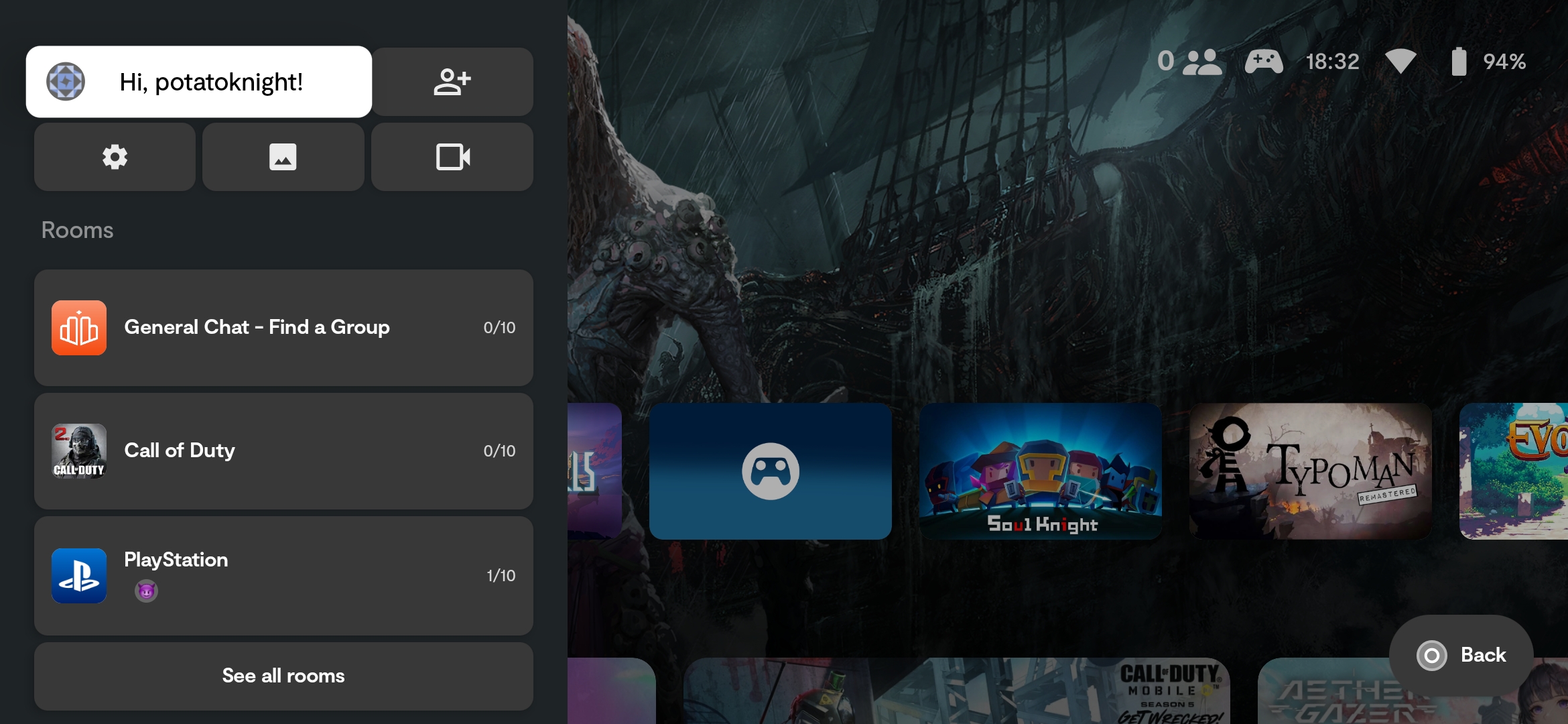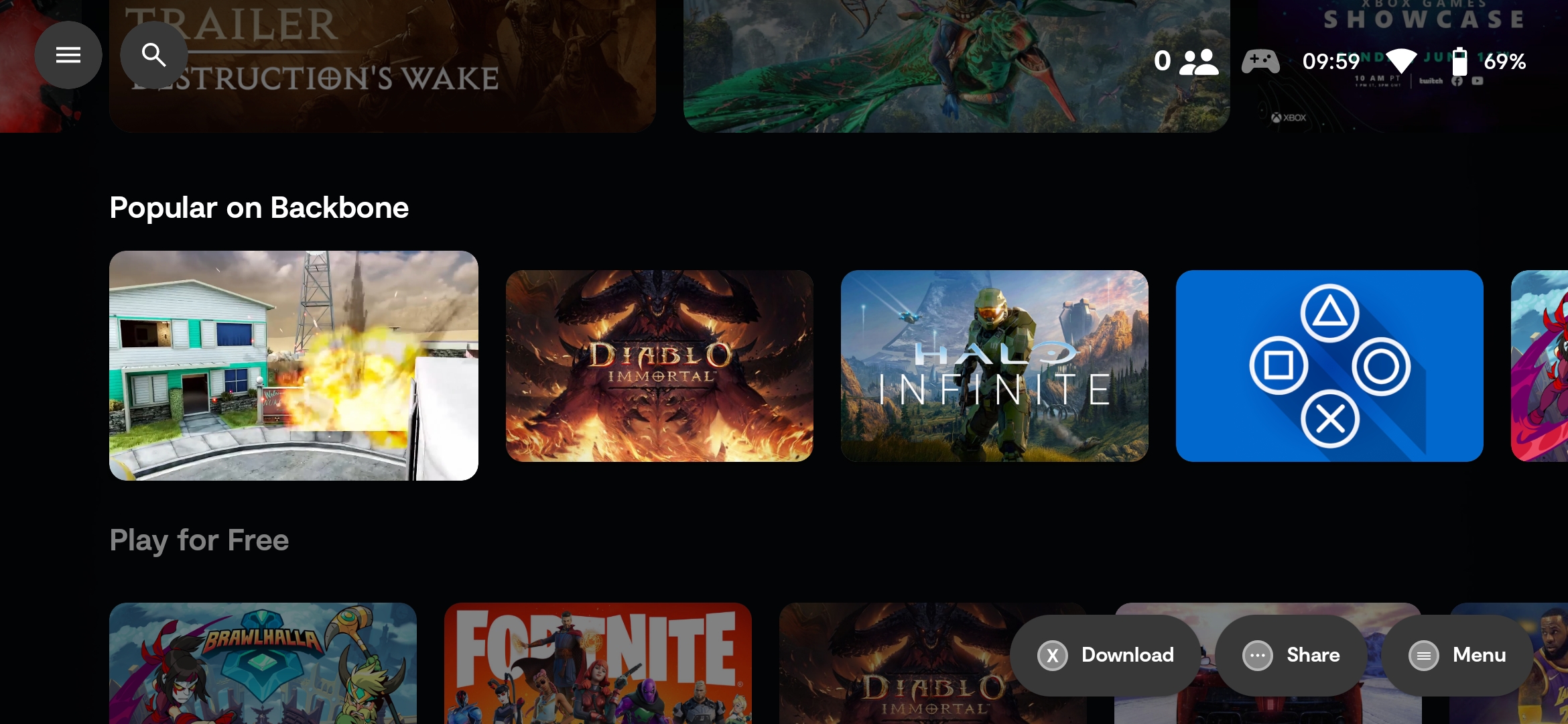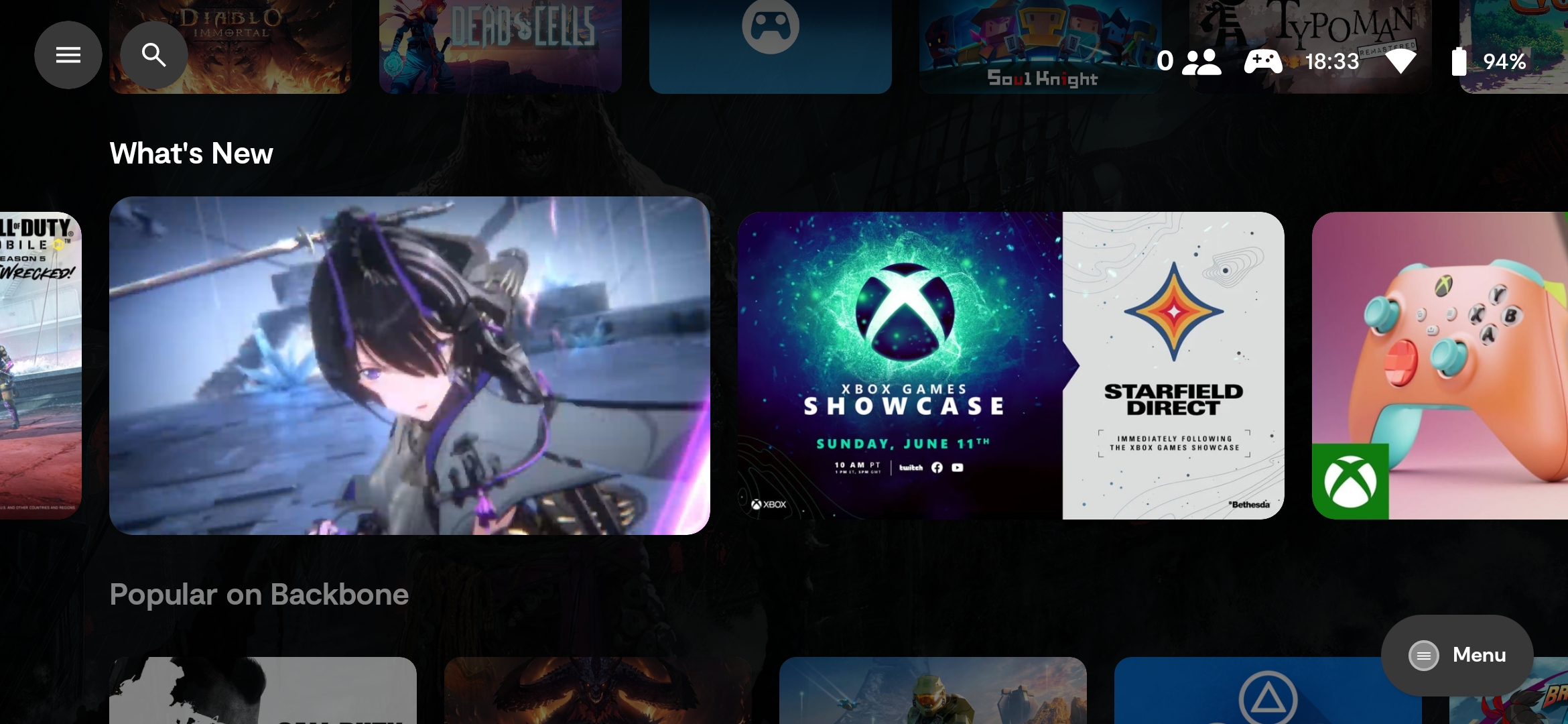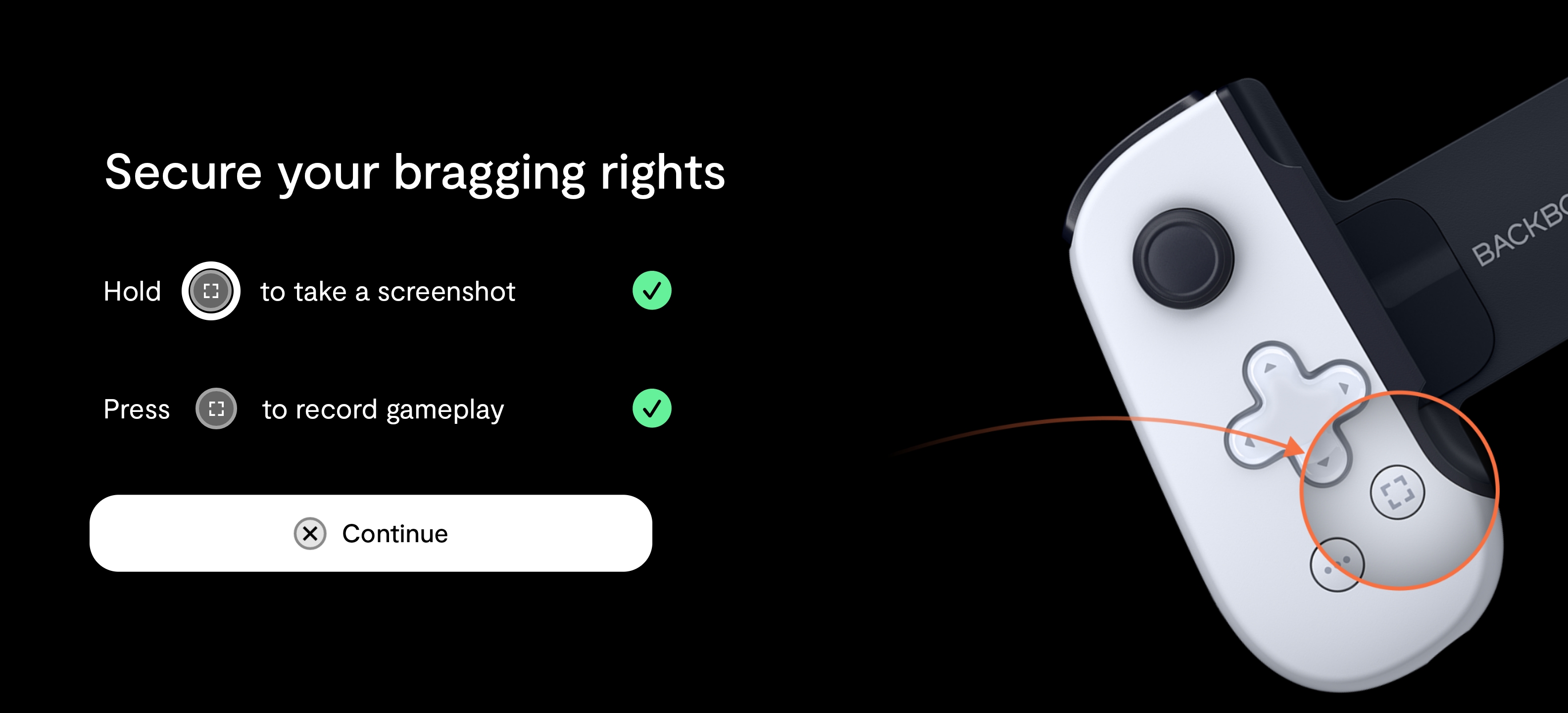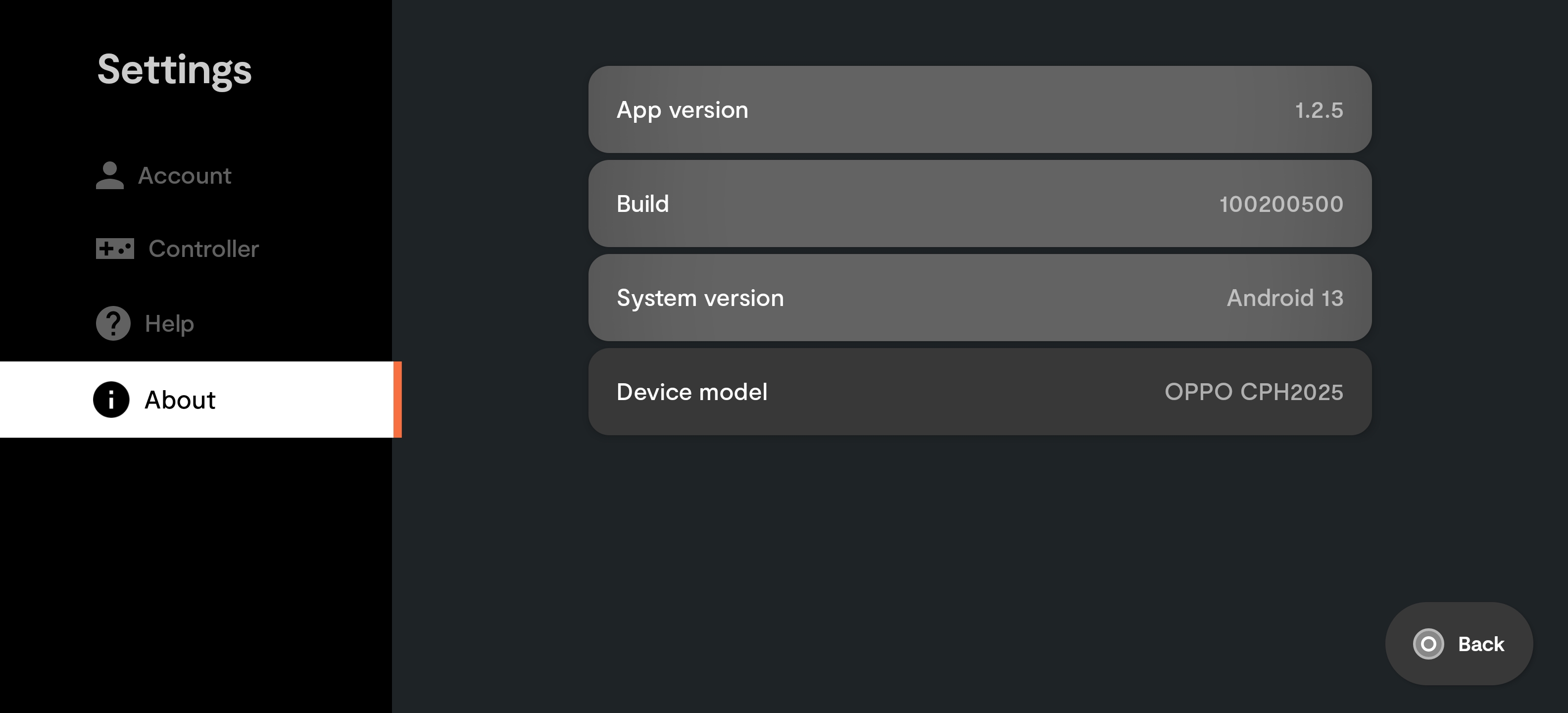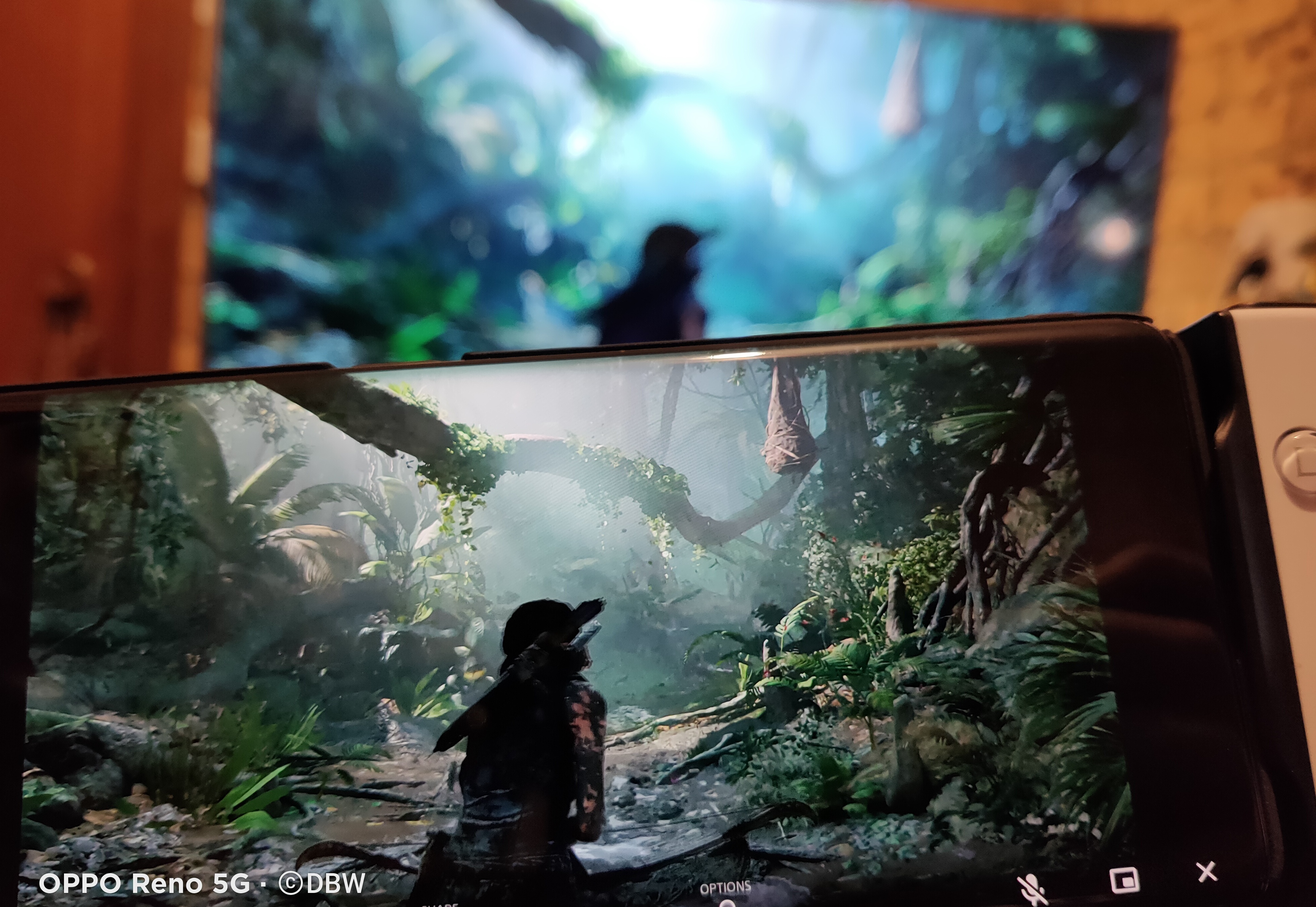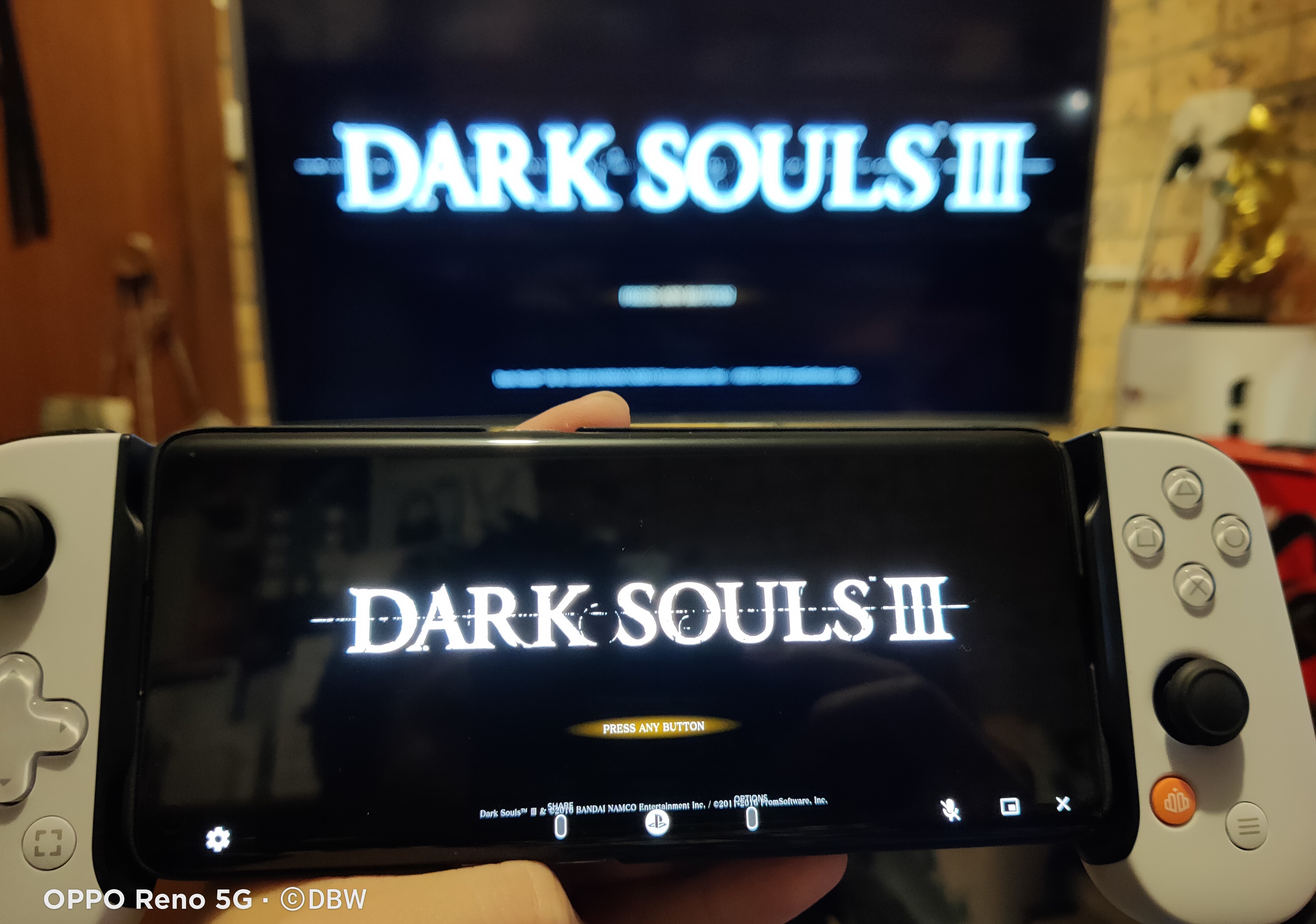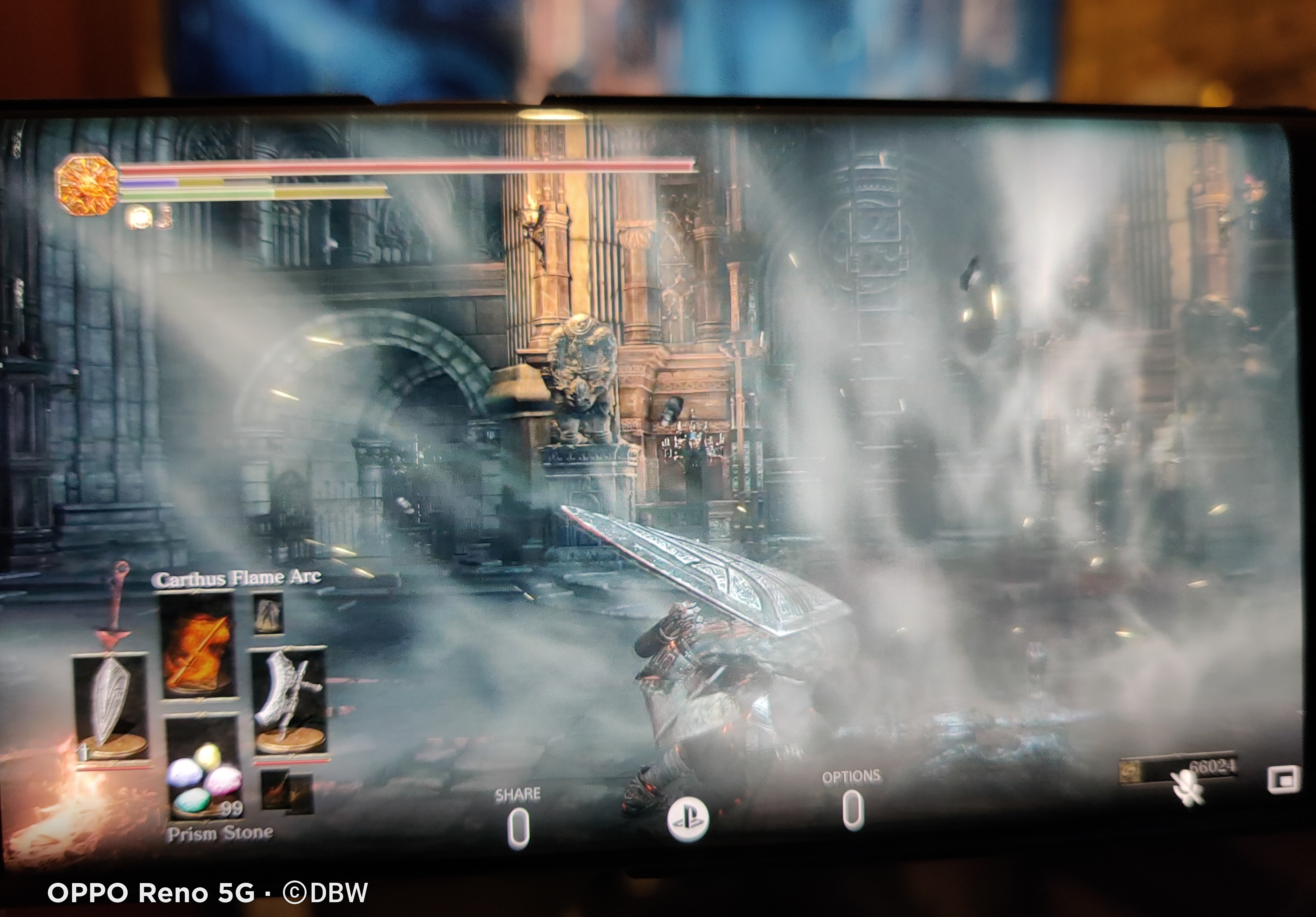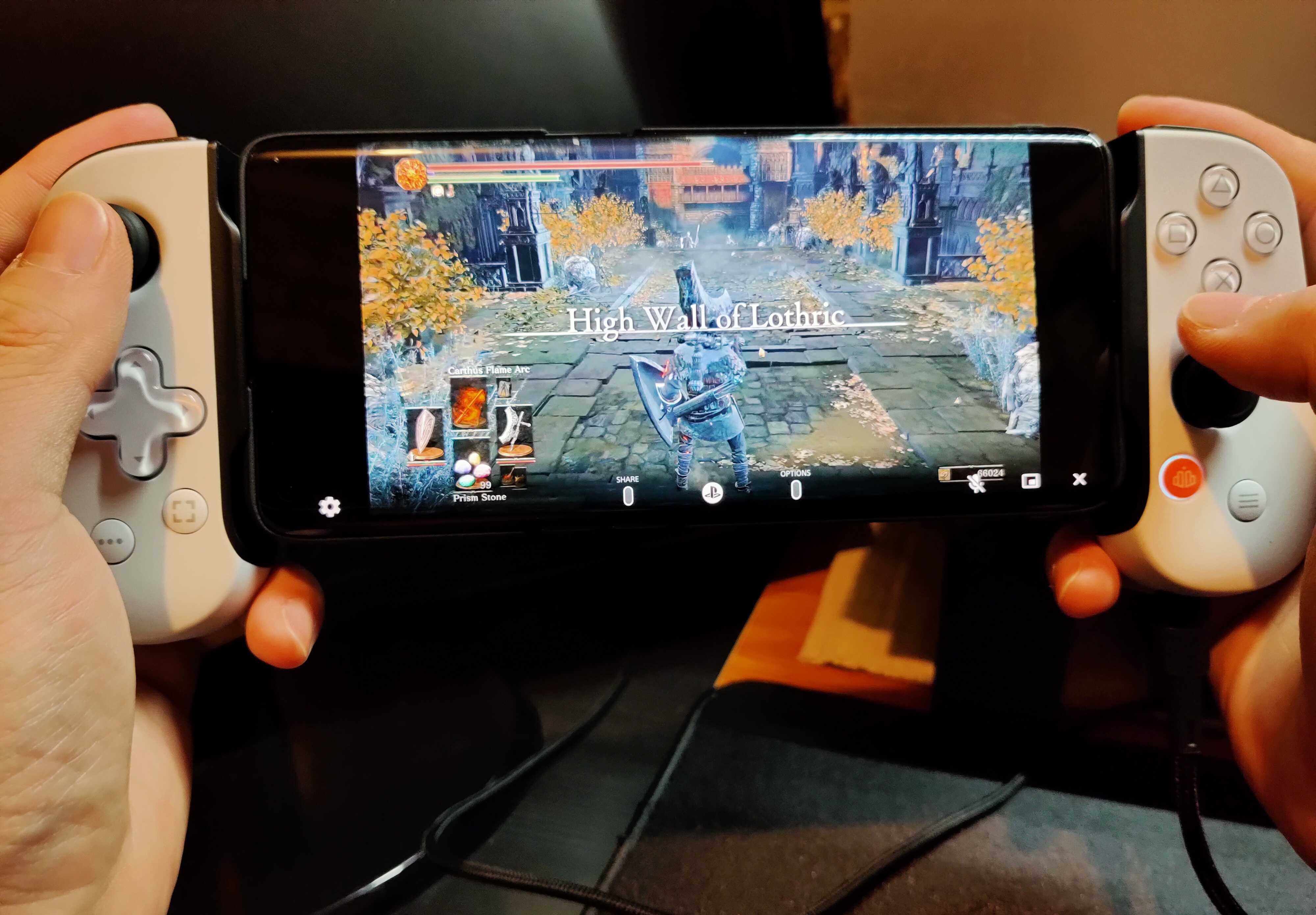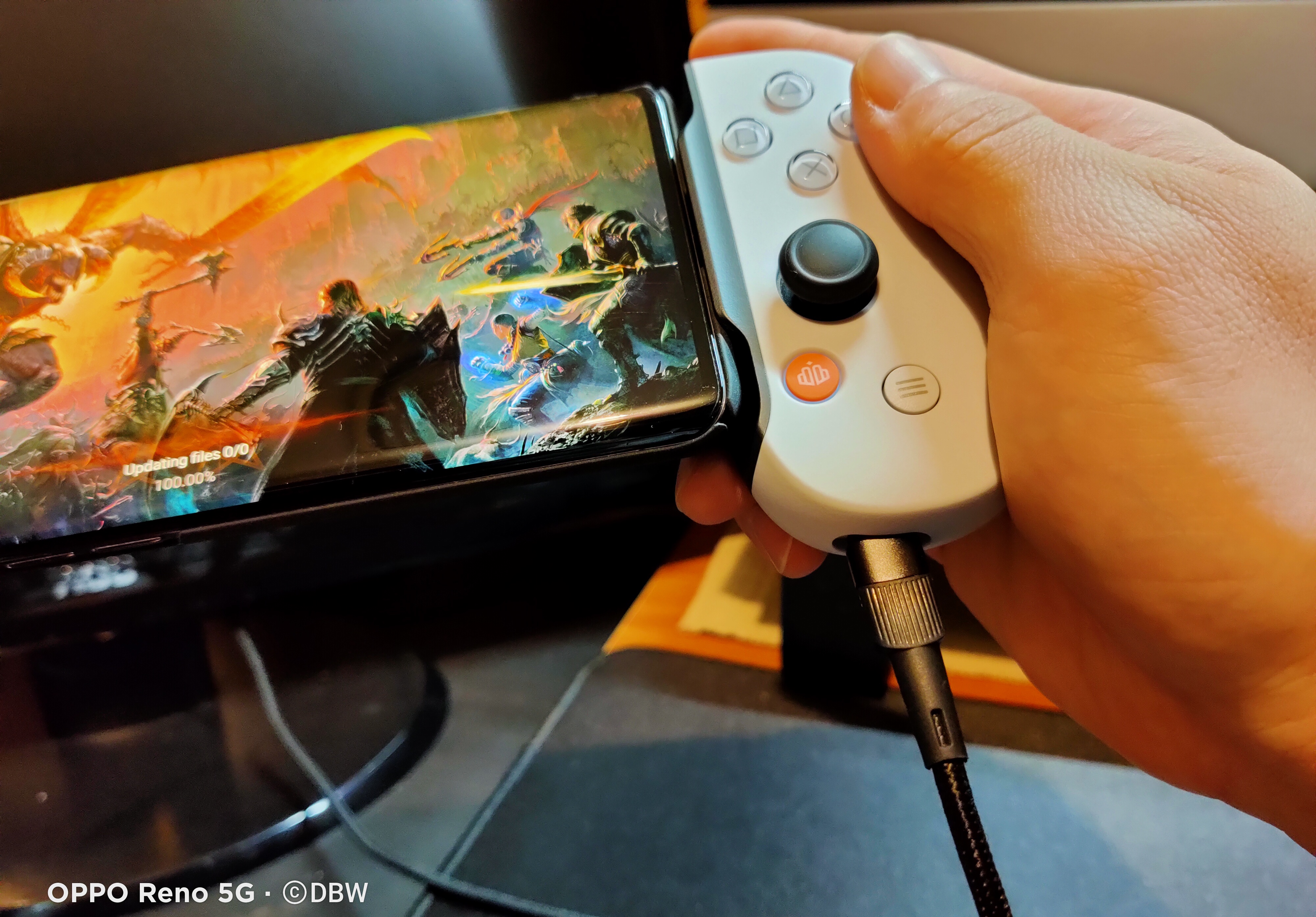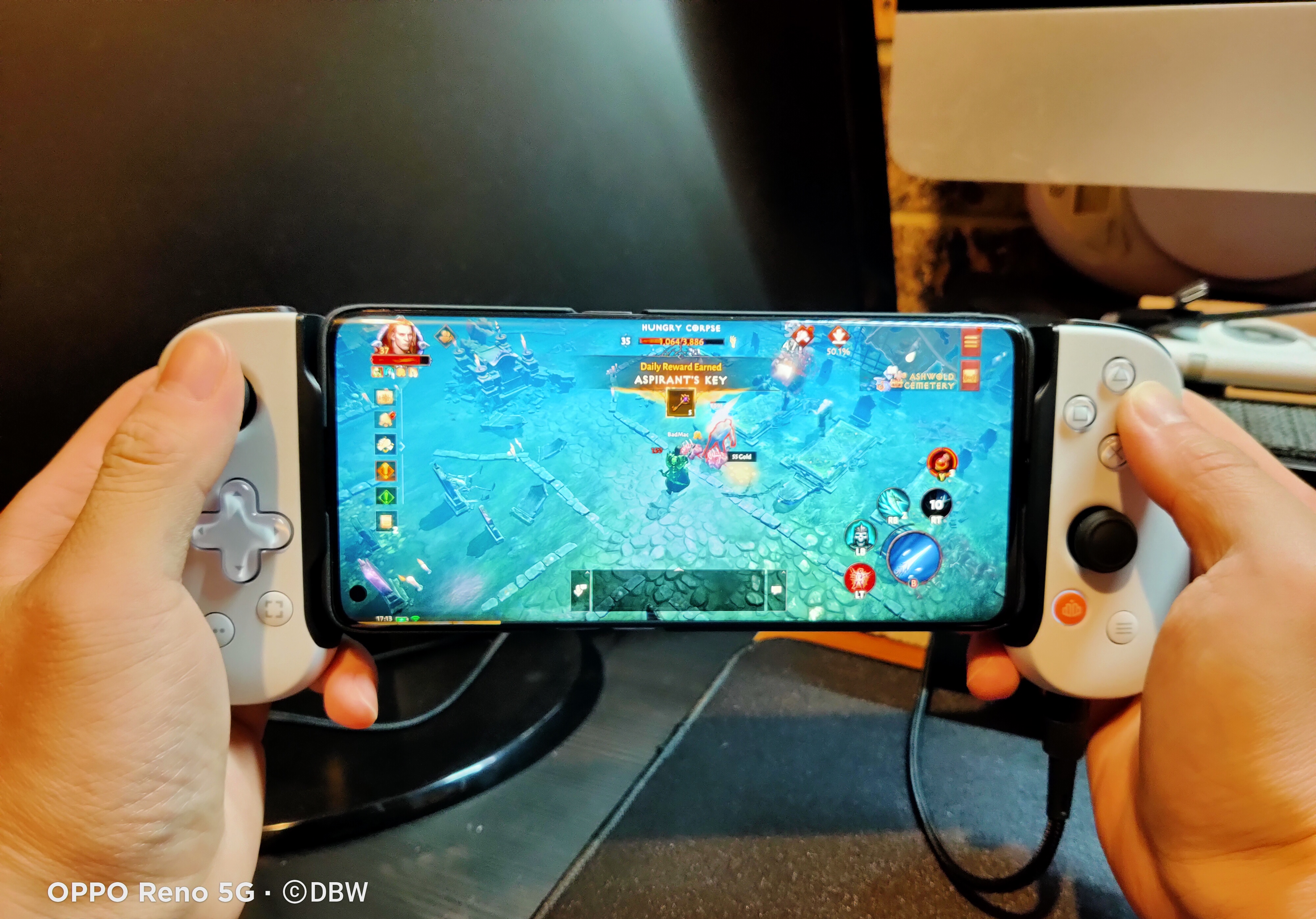About a month ago, we introduced the Backbone One PlayStation Edition for Android, a portable gaming controller, and mentioned that Ausdroid would be providing our readers with a review of this controller. As we approach the release date this Thursday, I want to share my personal experiences with the controller over the past month. As many of you may already know, the Backbone One was initially released in 2020, and a PlayStation-certified edition came out in September 2022. However, Android users had been eagerly waiting for the opportunity to experience this customized PlayStation version of the gamepad since it was available for iPhone only. After a nine-month wait, the much-anticipated gaming controller will finally be available for purchase from major Australian retailers on 6 July 2023, which is just two days away!
Unboxing
Let’s take a look at what Backbone has brought to the table in the packaging.
Hardware and design
The Backbone One PlayStation Edition for Android connects to the phone through a USB-C interface, which offers several advantages over Bluetooth. With a direct USB connection, I don’t have to worry about battery issues with the controller, and the data connection is more stable without any delay, which is a common challenge faced by all controllers that use Bluetooth technology.
Thanks to its battery-free design, the Backbone One weighs only 139 grams, making it about 30 grams lighter than other portable controllers I’ve used in the past (without batteries). Its retractable design allows the controller to support any Android phone with a USB-C port that is no longer than 17.5cm. In other words, as long as your phone screen size is 6.7″ or below, compatibility won’t be an issue.
My first impression of the Backbone One PlayStation edition for Android was “This feels very PlayStation!” The controller’s feel in hand met my expectations and was very comfortable. I typically use the official controllers that come with gaming consoles, and when I compared the Backbone One to my PlayStation or Nintendo Switch Pro Controller, I couldn’t find any build quality issues, and it feels premium when held in my hands!
The button design of the Backbone One feels very well thought out. Although it doesn’t reach the level of comfort provided by a gaming console controller, it fulfils my expectations in terms of portability. I own a GameSir USB-C mobile controller, and when I compared them, I found the Backbone One to be superior both in terms of comfort and overall build quality.
The Backbone One comes with a 3.5mm headphone jack and a USB Type-C charging port. This allows players to enjoy gaming without worrying about battery drain. As for charging speed, I didn’t observe any impact on fast charging when using it with my OPPO Find X2 Pro. However, on my friend’s Samsung Note 20 Ultra and my spare phone and a Huawei P30 Pro, I noticed that charging via the USB port on the Backbone One only worked at normal speed. If fast charging is a significant concern for you, I would recommend inquiring or testing it before making a purchase.
Killer feature: Backbone App
Aside from its impressive hardware, what truly sets the Backbone One apart from the competition is the app that accompanies it, the Backbone App. To be honest, I have never seen a mobile accessory manufacturer put so much effort into developing a companion app like Backbone before. When I downloaded and opened the Backbone App, I was immediately amazed by its high level of development and polish.
The Backbone App serves as a hub for gaming resources, allowing players to find other Backbone App users and connect to play games on the platform. Often, Android apps fall short compared to their Apple counterparts due to inconsistent experiences caused by device adaptation issues. However, the Backbone App makes a commendable effort to avoid such problems. I was pleased to see that the Backbone App delivers a consistent performance between iOS and Android in terms of user experience.
The Backbone App is a joy to use, whether you’re browsing for information about a game or launching a controller-supported mobile game instantly. The process is incredibly smooth. The dedicated orange button with the Backbone logo on the controller enables one-click access to the Backbone App from any screen. For a moment, I even thought the Backbone App was an official companion app developed by OPPO, the manufacturer of my mobile device, due to its near-perfect compatibility and experience. In my opinion, the Backbone App is undoubtedly the best gamepad companion app currently available, surpassing all others.
Furthermore, the Backbone App provides convenient screen capture and screen recording features, all operable through the physical buttons on the controller. Gamers can easily browse the recorded moments within the Backbone App. Additionally, Backbone allows users to connect the Backbone One to other devices such as PCs, Macs, iPads, and Google Chrome, greatly expanding the controller’s usability and is a brilliant idea.
PS Remote Play
I believe that most people interested in the PlayStation Edition of the Backbone One are keen on remote-playing PlayStation games. Unfortunately, due to my busy work schedule and other reasons in recent months, I sold my PlayStation 5. Therefore, I had to settle for the remote play experience on the PlayStation 4 Pro this time. Despite this, the streaming experience with this controller has been terrific! Theoretically, if you can connect your PS5 or PS4 to the network using an Ethernet cable, you can achieve an optimal streaming experience with minimal network delay. However, I can assure you that a 5GHz wireless connection provides a great gaming experience for most games.
It’s worth noting that due to the lack of touch function support, some games that heavily rely on this feature won’t provide the same experience as using a console controller. For example, in The Witcher 3, the touch panel on the PlayStation controller is used to open the map. Since the Backbone One doesn’t have a touch panel, I couldn’t access the map, change weapons, or manage inventory. However, when using a PS controller during remote play on my mobile, all these functions are achievable. I hope Backbone considers adding support for touch functions in future iterations. That being said, most games don’t require the touch panel, so the flaw isn’t a deal-breaker, and it doesn’t detract from the excellent remote play experience the Backbone One provides.
Support for mobile games
Being a portable mobile gaming controller, the Backbone One easily supports mobile games, provided the game itself supports controller input. After trying this controller for a few weeks, I’m confident to say that playing mobile games with the Backbone One offers a more comfortable experience compared to similar products currently available on the market. Once you get used to utilizing the Backbone App, you’ll find that it displays all controller-supported games on your phone at a glance, and that is super handy to make a choice. In addition, as a gamer born in the 1980s, I certainly wouldn’t miss out on emulators for retro games. The Backbone One works perfectly well with many emulators on mobile, such as PPSSPP, DraStic, NolstalgiaNES, Snes9x, etc.
Pros and Cons
The Good
- Comfortable design
- USB-C charging / 3.5mm audio jack
- Backbone App is impressive
The Bad
- Slightly pricey
- Subsequent costs for premium features (via subscription)
Should you buy one?
If someone around me was considering a mobile game controller and owned a PlayStation 4 or PlayStation 5, I wouldn’t hesitate to highly recommend the Backbone One PlayStation Edition, and grab the right version that works with their mobile. I liked how the joysticks, D-pad, and trigger buttons are finely tuned by the development team.
The Backbone One PlayStation Edition for Android is currently available for pre-order at a price of AU$ 179.95. Starting on 6 July 2023, it will be available in-store and online from JB Hi-Fi, EB Games, The Gamesmen, Big W, and more.

